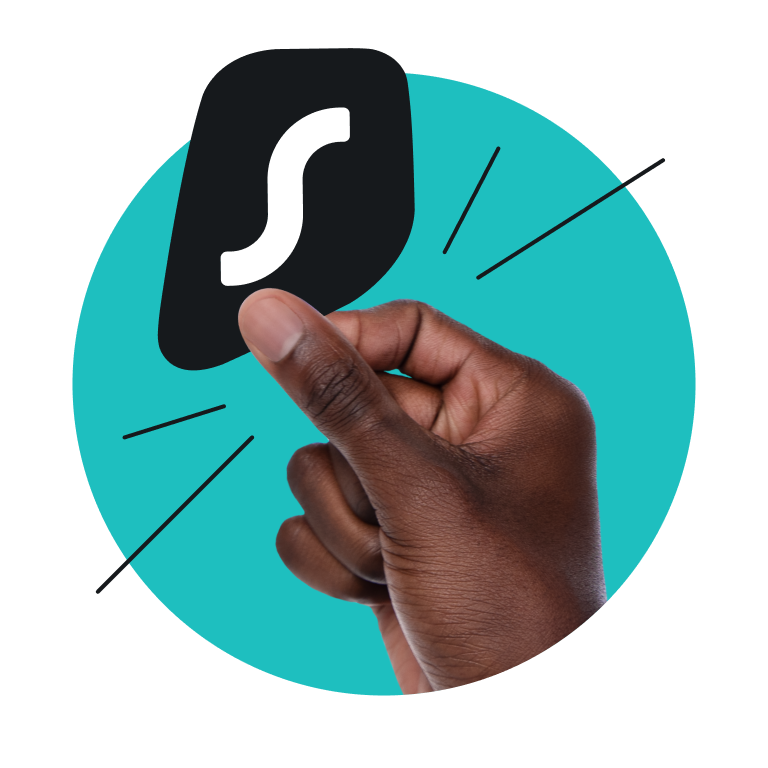Microsoft Edge has come a long way since its debut alongside Windows 10 back in 2015. Once known mostly for its aggressive push to lure users away from other browsers, Edge has quietly evolved into a solid — though still underrated — option. So, how does it stack up today? Let’s break down its current features, performance, ease of use, and how people really feel about it to see if the Edge browser is finally worth a shot.
The reputation and origins of Microsoft Edge
Microsoft Edge made its debut alongside Windows 10, replacing the aging and often mocked Internet Explorer. It was a fresh start with an improved interface and features designed to match what users had come to expect from modern browsers.
Despite it being a clear improvement over Internet Explorer, the early version of Edge struggled to win people over. It lacked key functionality, ran into compatibility issues, and for many users, just wasn’t compelling enough to switch.
It all changed in 2018, when Microsoft abandoned their proprietary EdgeHTML engine and rebuilt Edge from scratch using Chromium — the same open-source engine behind Google Chrome. This shift addressed many early criticisms, offering better performance, compatibility, and browsing experience.
Since the switch, Edge has slowly gained respect. And while Chrome still dominates the market, Edge has earned a respectable spot for itself, especially among users looking for a fast, lightweight alternative with tight Windows integration.
What makes Microsoft Edge stand out today
In spite of the challenges in the beginning, Microsoft Edge has grown into a capable and feature-packed browser. Its foundation on Chromium provides stability and speed, and it’s now available on a wide range of platforms — including Windows, macOS, Linux, and even Xbox consoles.
What really sets Edge apart, though, are the small, thoughtful features that make surfing the web a bit smoother:
- Sidebar: instead of cluttering your screen with multiple tabs, the sidebar lets you access frequently visited websites, tools, or even search engines in a pop-out panel. It’s a time-saver for quick tasks and more dynamic than traditional bookmarks;
- Tab management: Edge makes organizing tabs easier than most browsers. You can simply drag tabs one onto another to group and stack them for a cleaner look. It makes it simple to keep work, research, and entertainment neatly separated;
- Split-screen view: need to compare two sites, reference information while writing, or multitask without juggling windows? Edge’s built-in split-screen mode lets you view two tabs side by side within the same tab — no messing with your system’s window management;
- Tab customization: the Edge browser supports vertical tabs. It’s a layout option that displays tabs in a sidebar (different from the bookmark sidebar) rather than the traditional horizontal row. While opinions are split on its utility, having the choice to switch layouts adds an extra option for better customization;
- PDF viewer: Edge’s native PDF tool allows you to view, annotate, highlight, translate text, and even use Microsoft Copilot to summarize or answer questions about the document’s content (though performance may vary). It’s a great option for anyone who regularly works with PDFs;
- Microsoft Rewards integration: browsing with Edge and using Bing can actually earn you points. These can be redeemed for gift cards, Xbox Game Pass time, and more — a small but nice incentive for sticking with Microsoft.
Why Microsoft Edge still struggles to win over more users
For all its progress, Microsoft Edge can’t seem to shake off old perceptions — and that’s a big part of why it still struggles to gain wider popularity. Many users still have not-so-fond memories of the earlier days of Edge, shaped by a few persistent issues:
- A pushy past: Microsoft’s earlier tactics to promote Edge rubbed a lot of Windows users the wrong way. It included constant pop-ups urging users to switch from Chrome or Firefox, or required multiple steps to change the default browser in Windows. Even now, when many of these tactics have since been toned down, some see Edge as the browser that tries a little too hard to be noticed;
- The Bing Heaven homepage: by default, Edge opens to a homepage full of Bing search, news headlines, weather widgets, and ads. Some users may enjoy the information-dense layout. Others, however, find it cluttered and overwhelming, especially when compared to Chrome’s clean, minimalist start page. While it’s customizable, many never realize that;
- Feature overload: ironically, one of Edge’s strengths can also be a drawback. Some users feel overwhelmed by all the extra features, seeing them as unnecessary bloat. Even though most features can be turned off, it can put off those who want something simple;
- Bing: while Bing has improved significantly, many users have strong ties to Google services and products. They’re used to Google’s search results, interface, and tools, and switching may not feel worth the effort.
Perhaps the biggest reason Microsoft Edge struggles to gain users is simply habit. At the end of the day, people tend to stick with what they know. Chrome is the default browser for millions, and unless Edge offers a clear, compelling reason to switch, most users simply won’t bother.
So, while Edge has the tools to compete, breaking through user habits and old impressions seems to remain its toughest challenge.
Should Microsoft Edge be your browser choice?
Ultimately, whether you should choose Microsoft Edge as your browser depends on what you’re looking for.
If you want something fast, reliable, and full of useful features, or maybe you’re just tired of using Chrome, Edge might just be worth downloading. However, if you’re deeply tied into the Google ecosystem, Chrome might still feel like the better fit.
That said, Edge shines in a few key areas and could be a perfect match for certain users:
- Students and professionals: great for managing research and documents, thanks to robust PDF tools and intuitive tab organization;
- Multitaskers: features like split screen and the sidebar help simplify your workflow, making it easier to juggle tasks without flipping between tabs or windows;
- Microsoft users: if you’re already using tools like Office, OneDrive, or Windows 11, Edge integrates smoothly and offers perks like Microsoft Rewards and Copilot access.
And for anyone concerned about privacy and security, Edge pairs well with a VPN (Virtual Private Network) like Surfshark. You can set it up as an Edge browser extension or, for even more privacy and security, get the Surfshark app for your Windows device.
Surfshark VPN can help mask your IP (Internet Protocol) address and encrypt your traffic, boosting your protection against snoopers and hackers. The extension’s Clean Web feature can improve your browsing experience on Edge, as it blocks all ads, cookie pop-ups, trackers, and malware. It also notifies you of previously breached or potentially malicious websites, keeping you safer online.
Final thoughts: Is Microsoft Edge a good browser?
Microsoft Edge is a good browser. It’s fast, packed with useful features, and offers unique perks like Microsoft Rewards. In many ways, it goes beyond what Chrome offers. However, despite its strengths, Edge still struggles with public perception, as Microsoft’s pushy tactics, cluttered interface, and years of user mistrust still linger.
Edge may never beat Chrome in popularity, but for students, multitaskers, or anyone curious enough to give it a fair shot, it might just be the browser they didn’t know they needed.
FAQ
Is Microsoft Edge safer than Chrome?
Microsoft Edge and Google Chrome are both built on the Chromium engine, which means they share many core security features, including sandboxing and support for HTTPS. However, Edge’s Microsoft Defender SmartScreen may block phishing and malicious sites more aggressively than Chrome’s Safe Browsing.
Is Microsoft Edge a good browser for gaming?
Edge can be a good browser for gamers, especially on Windows or Xbox. Its split screen can be helpful when watching tutorials or comparing builds side by side, while Microsoft Rewards can earn users points toward Xbox Game Pass and other gaming perks.
Should I use Microsoft Edge as my browser?
Microsoft Edge is a strong browser with a good feature set, including intuitive tab management, advanced PDF tools, AI integration via Copilot, and solid performance. It’s especially useful for students, professionals, and users who want solid integration with the Microsoft ecosystem.
Why is Microsoft Edge so slow?
Edge is generally fast and efficient, but if it’s running slow, common causes include:
• Too many open tabs or extensions;
• Background apps running in the sidebar or vertical tabs;
• Tracking prevention settings affecting site loading;
• Outdated browser version or Windows operating system;
• Excessive cached data or cookies.
To improve performance, try clearing the cache, disabling unnecessary features, updating the browser, or restarting your device.


![Are custom Android ROMs still worth it? [VIDEO]](https://surfshark.com/wp-content/uploads/2025/08/custom_android_roms_hero.png)

